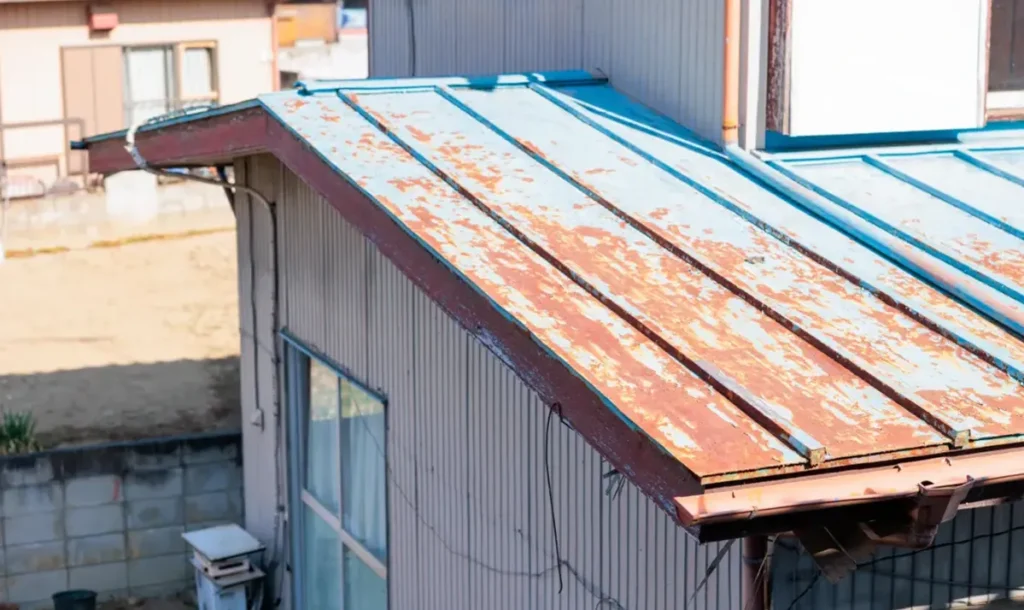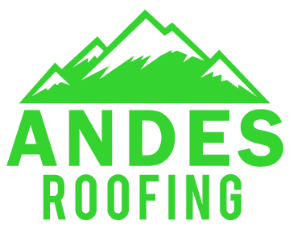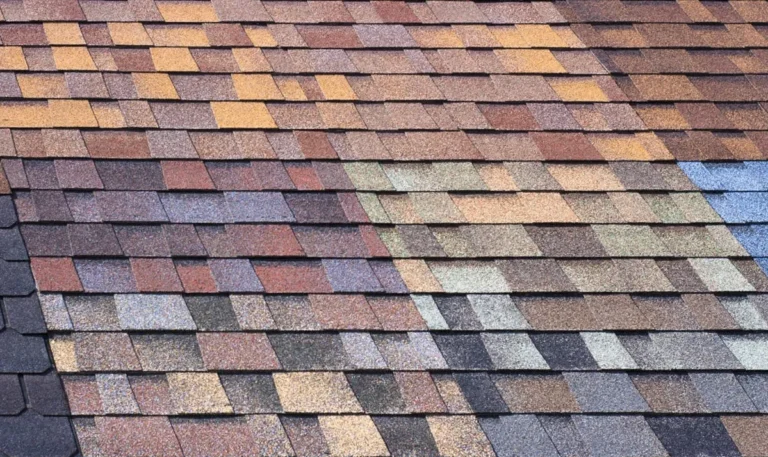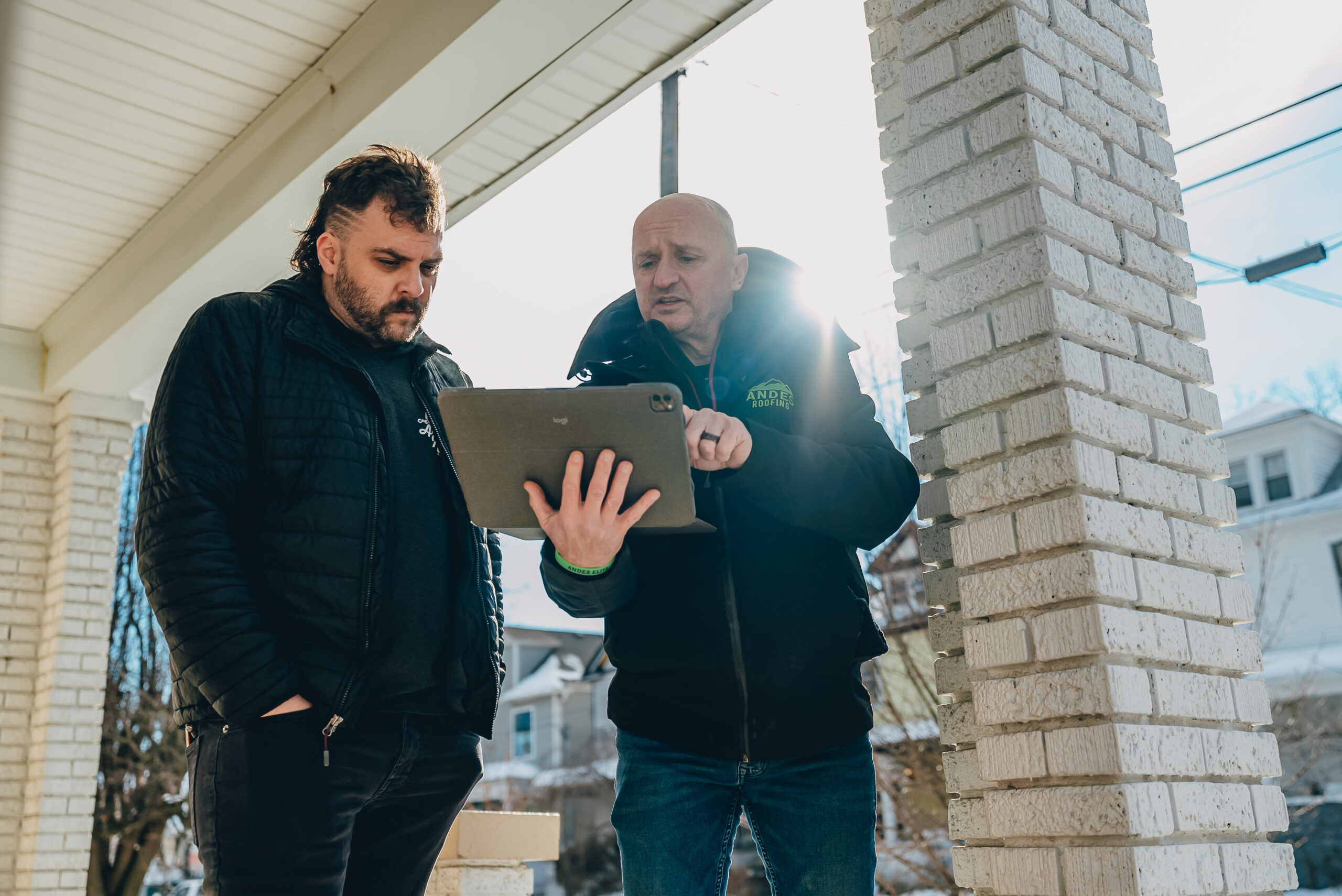In the world of construction and architecture, metal roofing systems have become an increasingly popular choice due to their durability, energy efficiency, and sleek aesthetics. However, rust can cause both aesthetic and structural damage to these systems. This article, courtesy of Andes Roofing, your Louisville roofing experts, will serve as your exhaustive guide to understanding, preventing, and treating rust in metal roofing systems.

Understanding Rust: Causes and Effects on Metal Roofs
Rust, a form of iron oxide, often manifests as a red discoloration formed by the reaction of iron and oxygen in the presence of water or air moisture. Given the susceptibility of iron or steel roofing systems to rust, it is crucial to understand its causes and effects.
Rusting isn’t just a cosmetic problem. It can undermine the structural integrity of your roof, potentially leading to water leaks and increased vulnerability to adverse weather conditions. By understanding rust’s impact on metal roofs, you can deploy effective prevention and management strategies.
Strategies to Prevent Rust in Metal Roofing Systems
Preventing rust from forming is a more cost-effective and less labor-intensive approach than treating it. Here are several preventative measures to consider.
Regular Maintenance and Inspections
Regularly inspecting your metal roof for signs of rust or damage is key to preventing major issues. At Andes Roofing, a reputable roofing company in Louisville KY, we always advise homeowners and property managers to watch out for signs like discolored patches or areas where the metal appears to be flaking away.
Use of Rust-Resistant Materials
Consider using rust-resistant materials like aluminum or galvanized steel when installing a new roof or replacing parts of an existing one. These materials have been specially treated to resist rust formation.
Applying Protective Coatings
Coatings such as acrylic, silicone, or polyurethane can provide an additional layer of protection against rust. They are applied to the surface of the metal roof, forming a barrier that helps prevent the iron from coming into contact with moisture and oxygen.
Treating Rust in Metal Roofing Systems
Even with the best preventative measures, rust can sometimes form on a metal roof. When this happens, it’s important to act swiftly to prevent further damage. Here are the steps to effectively treat rust on metal roofs.
Step 1: Identify and Assess the Rust Damage
The first step in treating rust is to identify all the rusted areas and assess the severity of the damage. Small, surface-level rust spots are typically easier to treat than large, deeply rusted areas.
Step 2: Remove Rust
Whether you’re a seasoned roofer in Louisville KY or a do-it-yourself homeowner, rust can be removed using a wire brush or a sandblaster, depending on the severity of the rust. Remember to follow safety guidelines during this process to protect yourself from potential harm.
Step 3: Apply Rust Converter
Once the rust has been removed, apply a rust converter to the cleaned area. Rust converters contain chemicals that react with the rust to neutralize it and prevent it from spreading further.
Step 4: Seal and Paint the Roof
After the rust converter has dried, apply a sealant to the roof to provide a protective layer against future rust formation. Once the sealant has dried, you can paint the roof to improve its appearance and add an extra layer of protection.
Conclusion
Rust can pose significant threats to the longevity and functionality of metal roofing systems. However, with regular inspections, preventative measures, and timely treatment, the lifespan of metal roofs can be significantly extended. The key to combatting rusty metal roofing systems lies in understanding the issue at hand and implementing the right strategies at the right time.






